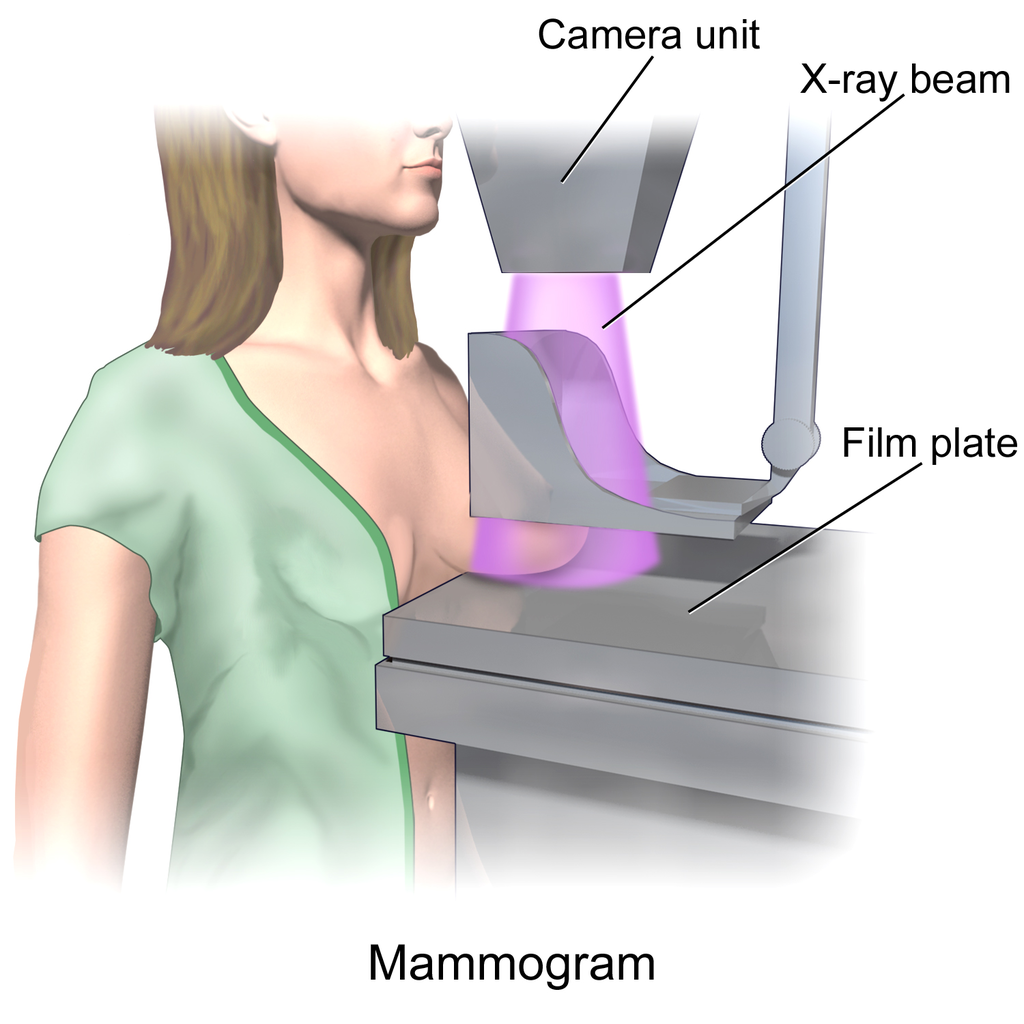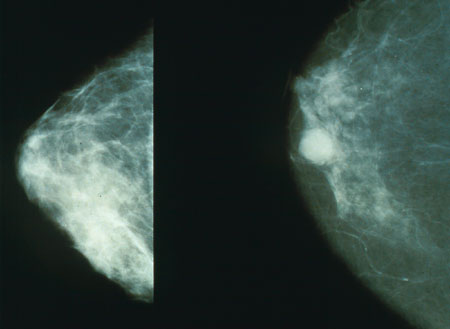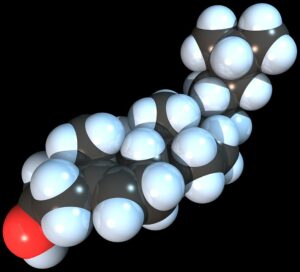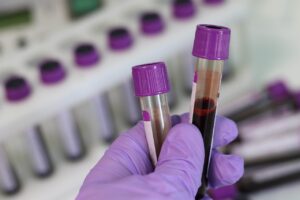Mammogram is an X-ray of the Breast

By Neucrad Health News Desk November 27, 2019
A woman in her mid-fifties was experiencing unusual discharge from her breast for quite some days and suffering unusual pain. She decided to put all her anxieties and apprehensions to rest, and visit the gynaecologist to understand the root cause of this symptom. After conducting regular check-up and noting down the medical history, the doctor advised her to undergo a mammogram.
Mammogram would help her in obtaining detailed information about the tissue structure within the breast, and would also detect the presence of any anomalies. However, at this point, the woman starts feeling nervous due to the preconceived notions prevailing in the society about the test. Luckily, she conducts searching at www.neucradhealth.in about the advantages of mammograms and the likelihood of any pain during the analysis. Do you also want to know more about the mammogram? Here is a brief summary about mammogram.
What is Mammogram?
A mammogram is an X-ray of the breast, which helps in detecting changes in the breast tissue.

In many countries, women undergo regular mammogram test every two years when they cross forty-five years. Broadly there are two types of mammograms- screening mammograms and diagnostic mammograms. In US, doctors ask for screening mammograms after crossing age 40. It is a regular screening diagnostic test, which every health-conscious woman should undergo after they cross forty years even if they do not experience any unusual symptoms. Doctors may also prescribe diagnostic mammograms if there are any unusual symptoms like pain, change in colour, or discharge from breasts. It is a non-invasive technique and hardly requires 20 minutes for the completion of the procedure.
The American Cancer Society advocates regular screening test among women who have reached forty-five years.
When you reach the diagnostic clinic for undergoing a mammogram, the technician would ask you to take off any necklace, or other metal items present on the body. Then the technician would offer you a sterilised gown to change. After this, you will be directed to place your breast on the mammogram machine. To keep the breast in the flattened condition, a compressor pushes the organ on the x-ray plate. It helps in providing a clear view of the breast tissue to the radiologist for preparing the result. The technician may also ask you to hold the breath during the exposure of X-rays. Currently, digital mammograms are also available in some highly advanced diagnostic laboratories. It helps to load clear images of breast tissue in women having denser breasts.
In many cases, mammogram helps in early detection of cancer, cyst, and calcification in breast.





Ductal carcinoma in situ (DCIS) shows the presence of abnormal cells inside a milk duct during breast screening mammography. DCIS is generally considered the earliest form of breast cancer i.e. zero Phase of cancer. It is noninvasive, meaning it hasn’t spread out of the milk duct. When cells go out from milk duck i.e it has spread out (invasive), further more studies are needed to figure out the other phases (Phase I, II, III, IV) of breast cancer.
Is the Mammography test painful?
The mammography test is not painful, but it can lead to some amount of discomfort when the compressor tries to flatten your breast on the X-ray plate. Women having fibrocystic breasts or medical issues with their backbone can experience some pain in their breast, back, and neck while contorting the body to the height of the device. However, it can also cause some discomfort if the technician is not aptly skilled or experienced.
However, if you go to a reputed clinic employing skilled technicians and advanced mammography machines, the chances of pain reduce considerably.
Here are some factors which would help you reduce the pain associated with mammogram:
- Schedule the test after one week of your menstrual period.
- Avoid smoking and do not consume coffee before undergoing a mammogram.
- Administer a nonsteroidal anti-inflammatory medication approximately one hour before the test if you have fibrocystic breasts or history of painful mammograms.
- Take slow, deep breaths during the procedure to minimise anxiety-related pain.
If you are in your forties or experiencing any unusual symptoms in your breast, do not waste any time. Visit your gynaecologist at the earliest possible time and go through either screening mammograms or diagnostic mammograms following doctor’s consultation.









